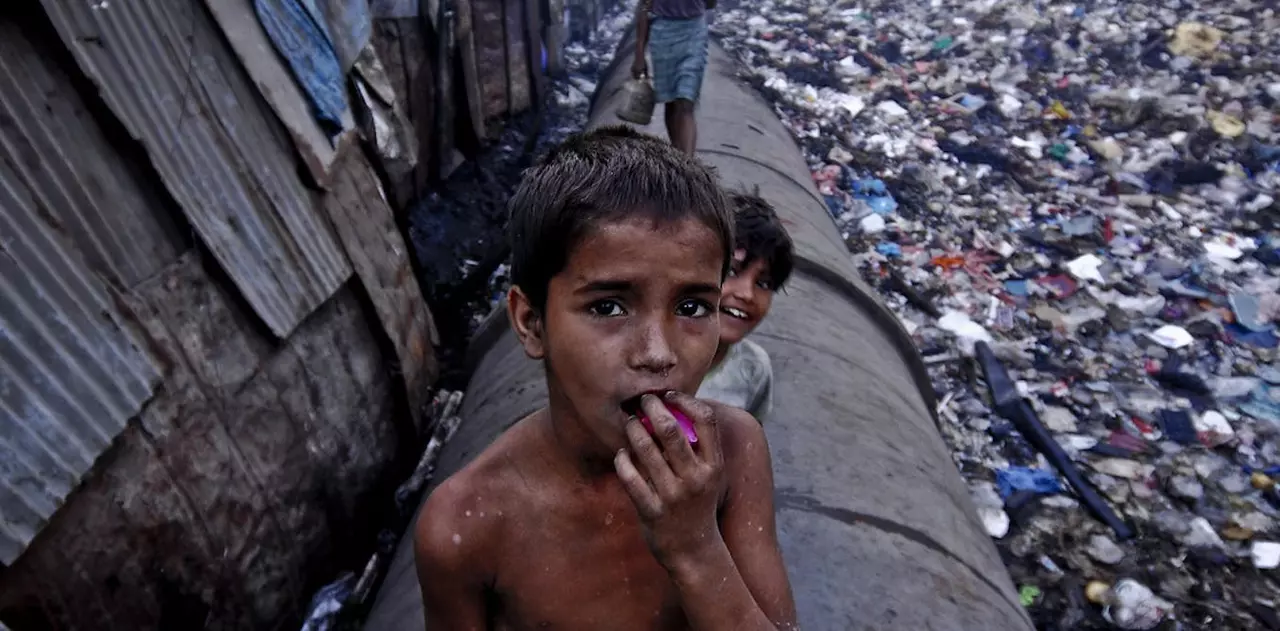May 2023 Archive: Why Over 70% of Indians Live in Poverty
Welcome to the May 2023 archive of India Live News Insider. In this post we break down a hard‑hitting question: why are more than seven out of ten Indians still poor? It’s a big issue, and the answer isn’t simple. We’ll look at the main drivers and think about what can change.
Root Causes of Widespread Poverty
First off, India’s population is huge—over 1.4 billion people. That sheer number puts pressure on jobs, housing, and services. When too many people compete for too few opportunities, wages stay low and many families can’t afford basic needs.
Second, infrastructure gaps make life harder. In many rural areas, roads, electricity, and clean water are unreliable. Without proper roads, farmers can’t get their crops to market quickly, which cuts into income. Lack of reliable power limits small‑scale industries and keeps schools from using modern teaching tools.
Third, education quality varies a lot. While enrollment rates look good on paper, many schools lack qualified teachers, good textbooks, or safe classrooms. Kids who don’t get solid basics end up with limited job prospects, keeping them stuck in low‑pay work.
Corruption adds another layer. When public funds meant for schools, health clinics, or roads get siphoned off, the people who need them most suffer. A corrupt system also discourages honest entrepreneurs who might otherwise create jobs.
Finally, resources aren’t shared equally. Wealth is concentrated in a small urban elite while large swaths of the countryside stay under‑served. Land ownership is skewed, so many farmers work on tiny plots that can’t generate enough income.
What Can Be Done?
Addressing these problems starts with government focus on inclusive growth. Investing in rural roads, reliable electricity, and clean water can boost productivity and improve daily life.
Education reforms matter too. Training more qualified teachers, updating curricula, and making technology accessible can give kids a real chance at better jobs.
Transparency is key. Strengthening anti‑corruption measures, using digital payments for welfare schemes, and opening up data for public review can keep money where it belongs.
Encouraging small‑scale entrepreneurship can also help. Micro‑loans, skill‑training programs, and market access initiatives give people the tools to start their own businesses.
All of these steps need cooperation between the government, private sector, and civil society. When everyone pulls together, the gap between the rich and the poor can shrink, and more Indians can enjoy a decent standard of living.
That’s the snapshot of May 2023’s deep dive into India’s poverty challenge. Stay tuned for more analysis, updates, and stories that matter to you.

Why more than 70 percent of Indian is poor?
In my latest blog post, I explored the pressing issue of why more than 70% of India's population is poor. After thorough research, I found that factors such as overpopulation, inadequate infrastructure, and a lack of quality education contribute significantly to this poverty. Additionally, widespread corruption and an unequal distribution of resources further exacerbate the problem. It's crucial for the Indian government and its citizens to address these issues in order to lift millions out of poverty and improve the overall quality of life in the country.